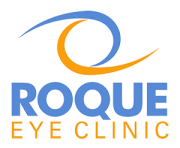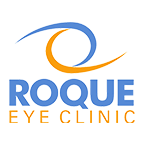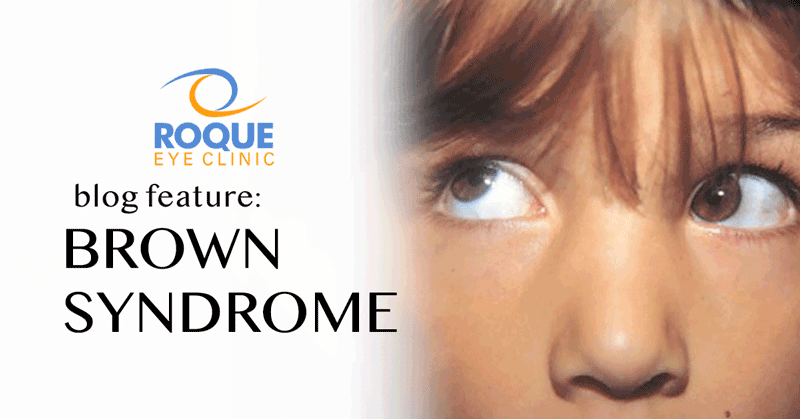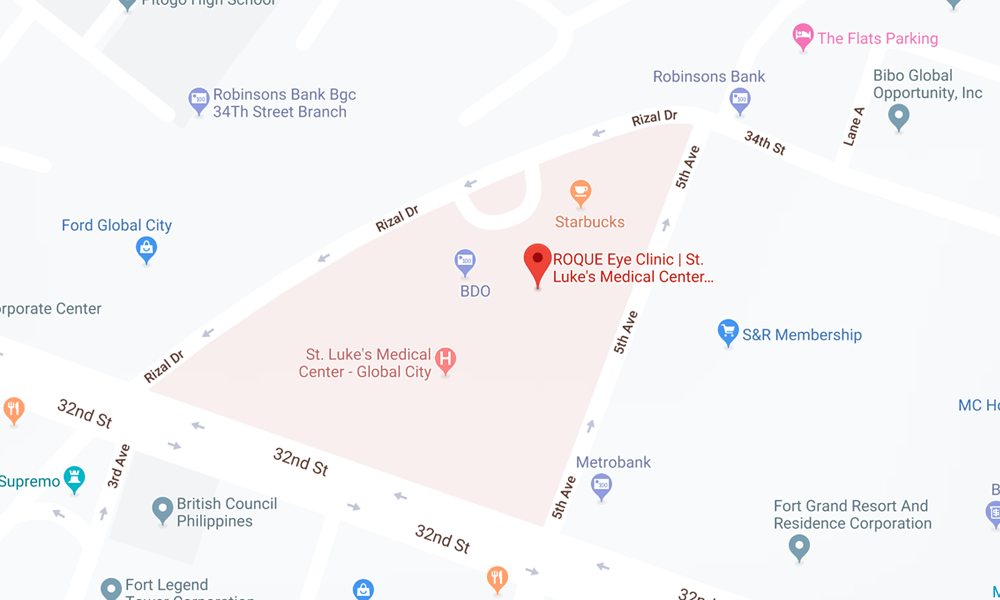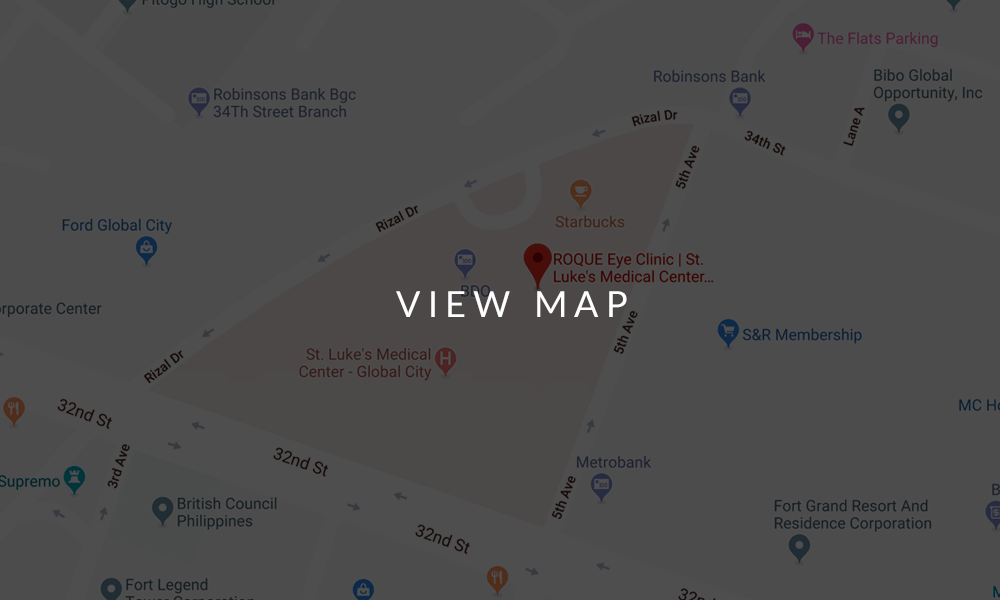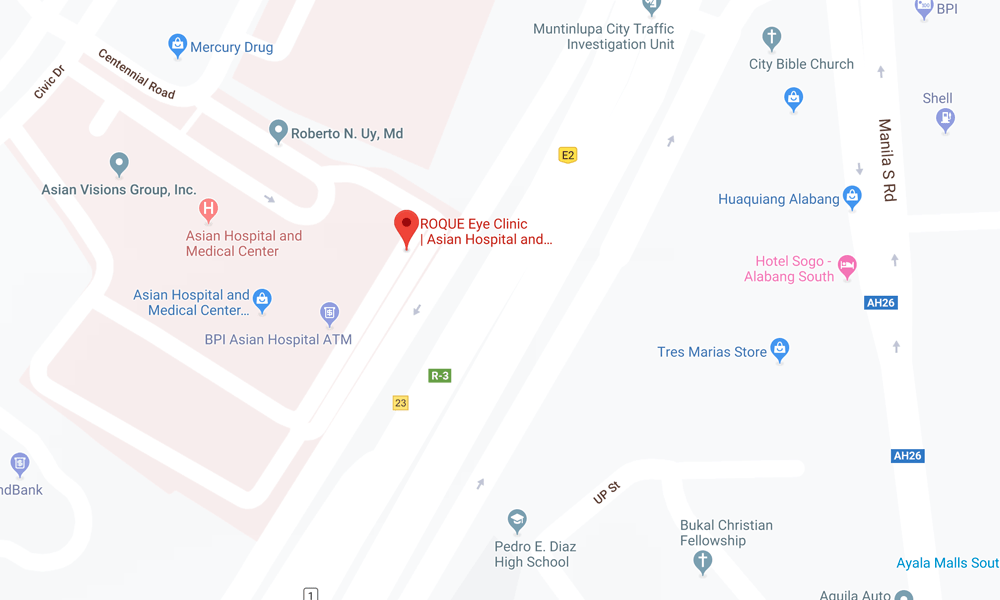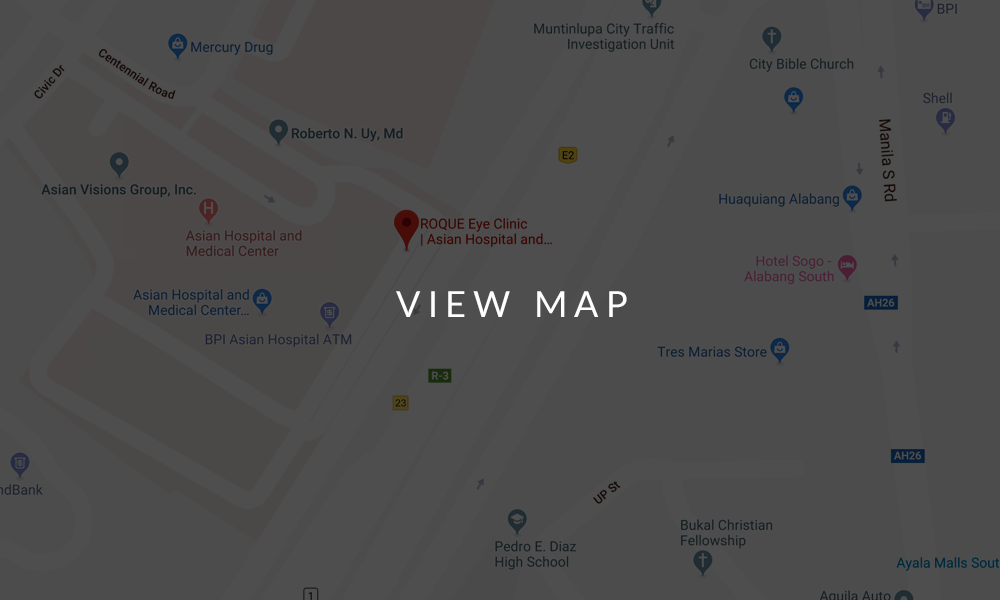"What are the features of Brown syndrome? What is it due to? How is it acquired?
Brown syndrome consists of an inability to elevate an eye in adduction. Other associated clinical features include an exodeviation in attempted upgaze and an ipsilateral hypodeviation that gets worse in upgaze.
Brown syndrome is caused by a mechanical restriction of the superior oblique tendon moving through the trochlea. The most common cause is a congenitally tight superior oblique muscle tendon complex, termed true congenital Brown syndrome.
The acquired form is usually caused by an inflammation around the superior oblique tendon and trochlea. The patient may complain of intermittent pain and tenderness on the superior nasal quadrant. The other causes of acquired or pseudo-Brown syndrome include orbital floor fracture, trochlear inflammation (such as in rheumatoid arthritis), peritrochlear scarring or superior oblique tendon sheath syndrome, glaucoma implant under the superior oblique tendon in the superior nasal quadrant, or fat adherence syndrome.

How is the vision potential of children with this condition?
By assuming chin elevation and face turn away from the affected eye, most patients with Brown syndrome can fuse the images of the two eyes and have good binocular vision. Surgery is indicated when the compensatory head posture is unacceptable.
How is this condition treated?
True congenital Brown syndrome is usually managed conservatively. It is better to wait until the child reaches visual maturity before any surgery is done because strabismus is not an uncommon complication of surgery and may lead to loss of binocular vision post-op. The most common indication for surgical treatment is a significant vertical deviation in primary position. Surgery consists of one of the many procedures to weaken the superior oblique tendon. The procedure of choice is superior oblique tenotomy with insertion of silicone tendon expander (Wright).
In contrast to the congenital form, inflammatory Brown syndrome may resolve spontaneously. Treatment options include oral non-steroidal anti-inflammatory medication, or local steroid injection in severe cases. Surgery is usually contraindicated.
References
- Wright KW. Surgical procedures for lengthening the superior oblique tendon. Invest Ophthalmol Vis Sci 1989; 30 (suppl): 377.
- Wright KW. Results of the superior oblique silicone expander for severe Brown’s syndrome. Trans Am Ophthalmol Soc 2000; 98: 41-50.
-
Wright KW. Brown’s syndrome: diagnosis and management. Trans Am Ophthalmol Soc 1999; 97: 1023-1109
BOOK AN APPOINTMENT
It takes less than 5 minutes to complete your online booking. Alternatively, you may call our BGC Clinic, or our Alabang Clinic for assistance.
OUR PEDIATRIC OPHTHALMOLOGIST
DR. BARBARA ROQUE
MD, DPBO, FPAO, FPCS
Dr. Barbara Roque is a specialist in pediatric ophthalmology, adult strabismus, and ophthalmic genetics. Her private practice began in 2006, after her post-graduate fellowship training at The Children’s Hospital in Westmead, University of Sydney System, Australia. Her patients are mostly children with ocular disease, refractive errors, cataracts, and eye misalignment.
OUR CLINICS
BGC CLINIC
- ST. LUKE'S MEDICAL CENTER GLOBAL CITY
2/F Medical Arts Building 217
Rizal Drive corner 5th Avenue
Bonifacio Global City, Taguig 1634
Philippines
SLMC CLINIC HOURS
- 9am - 12pm
Appointments only
ALABANG CLINIC
- ASIAN HOSPITAL AND MEDICAL CENTER
5/F Medical Office Building 509
2205 Civic Drive, Filinvest City
Alabang, Muntinlupa 1781
Philippines
AHMC CLINIC HOURS
- 1pm - 4pm
Appointments only
BOOK AN APPOINTMENT
It takes less than 5 minutes to complete your online booking. Alternatively, you may call our BGC Clinic, or our Alabang Clinic for assistance.
